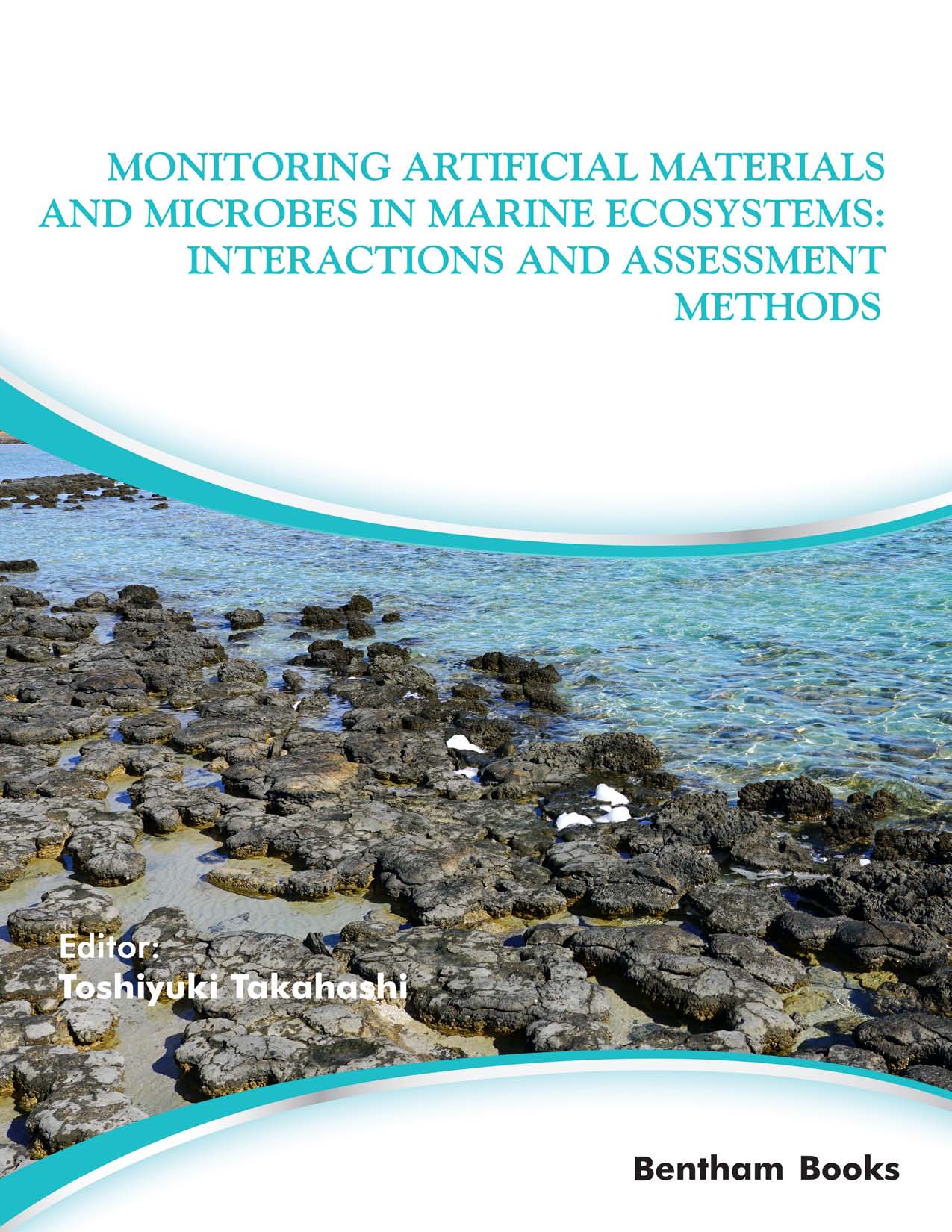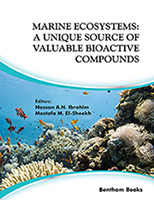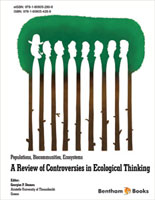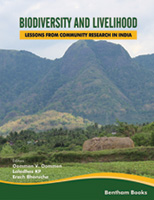Marine ecosystems provide human communities with organic and inorganic sources of food and food additives. Moreover, marine ecosystems provide recreational space used for sports, relaxation and culture. To enjoy the important benefits provided by marine ecosystems for many years to come, we must understand and conserve marine ecology, as well as make an effort to implement and follow sustainable natural resource management.
To conserve and take control marine ecosystems, it is important to evaluate the various components to support marine ecosystems. Unfortunately, about 20% of coral reefs have already disappeared globally. In addition, seaweed beds depletion has become common in coastal areas over the last several decades. Putting flesh on the above information, marine ecosystems are also supported by plankton, which might be underrepresented because of their invisibility to the naked eye. This loss of marine diversity, and hence the diversity within them, have considerably reduced marine-ecosystem services.
To provide systematic and comprehensive coverage of these topics, from marine ecosystems to environmental monitoring, with a focus on evaluating the role of microorganisms particularly, we have assimilated the expertise of an excellent group of international experts, including marine ecologists, marine biologists, environmental scientists, microbiologists, material scientists, and industrial engineers. This book summarizes fundamental knowledge about marine ecology, as well as exploring the applied aspects of marine ecosystems. In addition, this book presents practical approaches to detect and evaluate microbes, even in marine environments. A significant feature of this book is the description of pilot and challenging approaches focused on improving marine ecosystems, such as using steelmaking byproducts as materials for rehabilitation.
This book will benefit both academics and other professionals, including marine ecologists, microbiologists, environmental engineers, and engineers associated with industrial applications, such as bioremediation and algal biorefineries. As shown in the Table of Contents, this book is separated into three parts. “Part 1” is of utility to beginners, because it includes an informative guide of each presented field. Consequently, this book could be used as an informative eBook for undergraduate courses in marine biology, ecology, and microbiology. After beginning with fundamental topics, including seaweed and coral reefs for entry-level beginners, this book expands to incorporate the importance of microbes and their associations in marine ecosystems, including interactions of marine organisms with artificial materials.
Although the Great East Japan Earthquake, which struck Japan on March 11, 2011, was an unfortunate disaster, the subsequent changes, including the availability of nutrient salts, to the coastal environment were analyzed in detail. This analysis includes information on how the disaster impacted the coastal ecosystem. Therefore, “Part 1” presents this information within the context of an actual example of sustainable environmental assessment, ahead of evaluating microbial parameters in the latter parts of the book.
“Part 2” presents high-quality and constructive information with technical components for practical application. To conserve marine environments and achieve a green design for artificial materials used in the marine environment, it is important to detect and evaluate marine organisms precisely, particularly easily missed microorganisms. Instead of simply presenting the basic concepts about these microorganisms in the field of marine ecology, this book introduces readers to methodologies used to collect, detect, and evaluate microorganisms as constituents of marine ecosystems, because it is easy to overlook elements that are invisible to the naked eye. Our book presents highly sensitive in situ analytical methods using optical and scanning probe microscopy-based imaging, single-cell detection, and DNA-sequence-based techniques. Furthermore, several of the highly sensitive and specific techniques presented in the book could be applied to evaluating microbes in a variety of situations, including diagnostics in clinical situations, as well as industrial applications, such as water treatment. Thus, “Part 2” is also a useful eBook text for university students at both the undergraduate and graduate level.
Finally, “Part 3” presents the results of several demonstration experiments that could be used in practice by experts and professionals. To conserve marine ecosystems, artificial materials or structures could be used to facilitate the recovery of depleted seaweed beds in coastal areas. This book also describes existing knowledge of how aquatic organisms interact with artificial materials. Using the biofouling of cooling industrial pipes by biofilms as an example, this book presents the mechanisms of biofouling on surface materials, as well as providing clues towards controlling this problem.
After explaining the chemical properties of steelmaking slag in the aqueous environment, “Part 3” of this book presents a pilot approach towards improving marine ecosystems with steelmaking byproducts. This topic is also an important case study towards understanding how microbes, visible-scale organisms, and metallic materials interact. Consequently, this book provides useful insights towards resolving the loss of marine-ecosystem services caused by decreased cover of seaweed beds and coral reefs.
Overall, this book helps readers to evaluate microbial communities in marine environments, providing many insights on methods that could be used to help recover marine environments and marine-ecosystem services.
Finally, I thank many co-authors of this book for their dedication in sharing their expertise in both a concise and accessible way.
Toshiyuki Takahashi
Department of Chemical Science and Engineering,
National Institute of Technology (KOSEN),
Miyakonojo College,
Miyakonojo City,
Japan





